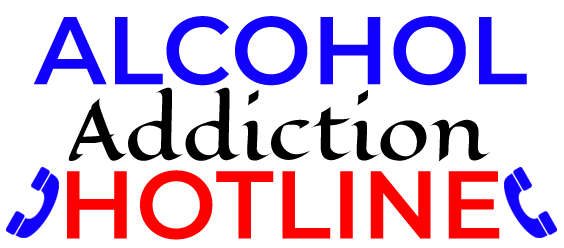Alcohol, a widely accepted and legal substance, often plays a significant role in social interactions and celebrations. However, for some individuals, what begins as occasional or moderate drinking can escalate into a serious medical condition known as Alcohol Use Disorder (AUD). Recognizing the signs and symptoms of AUD is crucial, as early intervention can lead to better outcomes. In this blog post, we’ll delve into the key indicators of AUD that you shouldn’t ignore.
Understanding Alcohol Use Disorder (AUD)
Alcohol Use Disorder is a chronic medical condition characterized by an inability to control alcohol consumption despite its negative consequences on one’s health, relationships, and responsibilities. It ranges from mild to severe, and recognizing its signs early can prevent it from spiraling out of control.
1. Increased Tolerance
One of the initial signs of developing AUD is an increased tolerance to alcohol. This means that over time, an individual needs larger amounts of alcohol to achieve the same effects. If you or someone you know finds that they need to drink significantly more to feel drunk, it could be a sign of an underlying issue.
2. Loss of Control
Individuals with AUD often find it difficult to limit their alcohol intake. They may make repeated unsuccessful attempts to cut down or control their drinking, even if they’re aware of the negative consequences.
3. Neglecting Responsibilities
Another red flag is when drinking starts affecting daily responsibilities. This might include missing work, neglecting family obligations, or avoiding social activities in favor of drinking.
4. Withdrawal Symptoms
Experiencing withdrawal symptoms when not drinking is a telltale sign of AUD. These symptoms can range from mild irritability and shakiness to more severe symptoms like nausea, sweating, and even seizures.
5. Drinking in Risky Situations
Continuing to drink in situations where it’s physically hazardous, such as while operating machinery or driving, can indicate a lack of control over one’s alcohol consumption.
6. Giving Up Activities
Individuals with AUD may give up activities they once enjoyed because of their drinking habits. Hobbies, sports, and social events might take a backseat to alcohol consumption.
7. Continued Use Despite Consequences
Perhaps one of the most significant indicators of AUD is when an individual keeps drinking despite being aware of the negative consequences it’s causing to their physical and mental health, relationships, and overall well-being.
8. Social and Interpersonal Issues
Trouble with interpersonal relationships, including conflicts with family, friends, or colleagues due to drinking, is a common symptom of AUD.
9. Spending a Lot of Time Obtaining, Using, or Recovering from Alcohol
If a significant amount of time is dedicated to activities related to alcohol – whether it’s acquiring it, drinking it, or recovering from its effects – it might signal a problem.
10. Drinking Alone or in Secret
Hiding or feeling the need to drink alone could be a sign of a deeper issue. Secretive behavior about drinking is often a way to avoid judgment or confrontation.
Recognizing the signs and symptoms of Alcohol Use Disorder is essential
Recognizing the signs and symptoms of Alcohol Use Disorder is essential for early intervention and treatment. If you or someone you know is showing these signs, seeking professional help is crucial. AUD is a medical condition, not a moral failing, and there are effective treatments and support systems available to help individuals on their journey toward recovery. Remember, it’s never too early to seek help or show support for someone who might be struggling with AUD.

